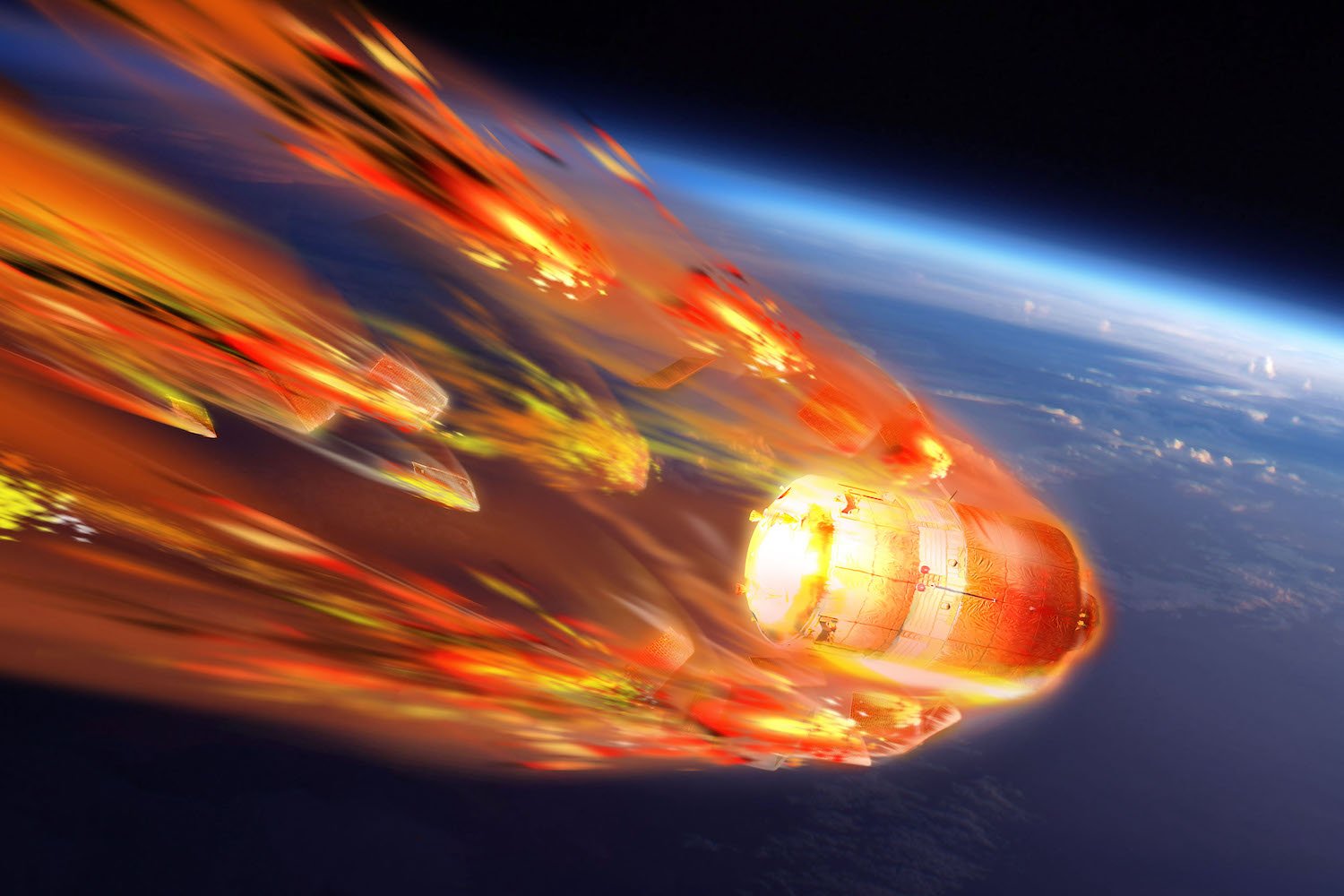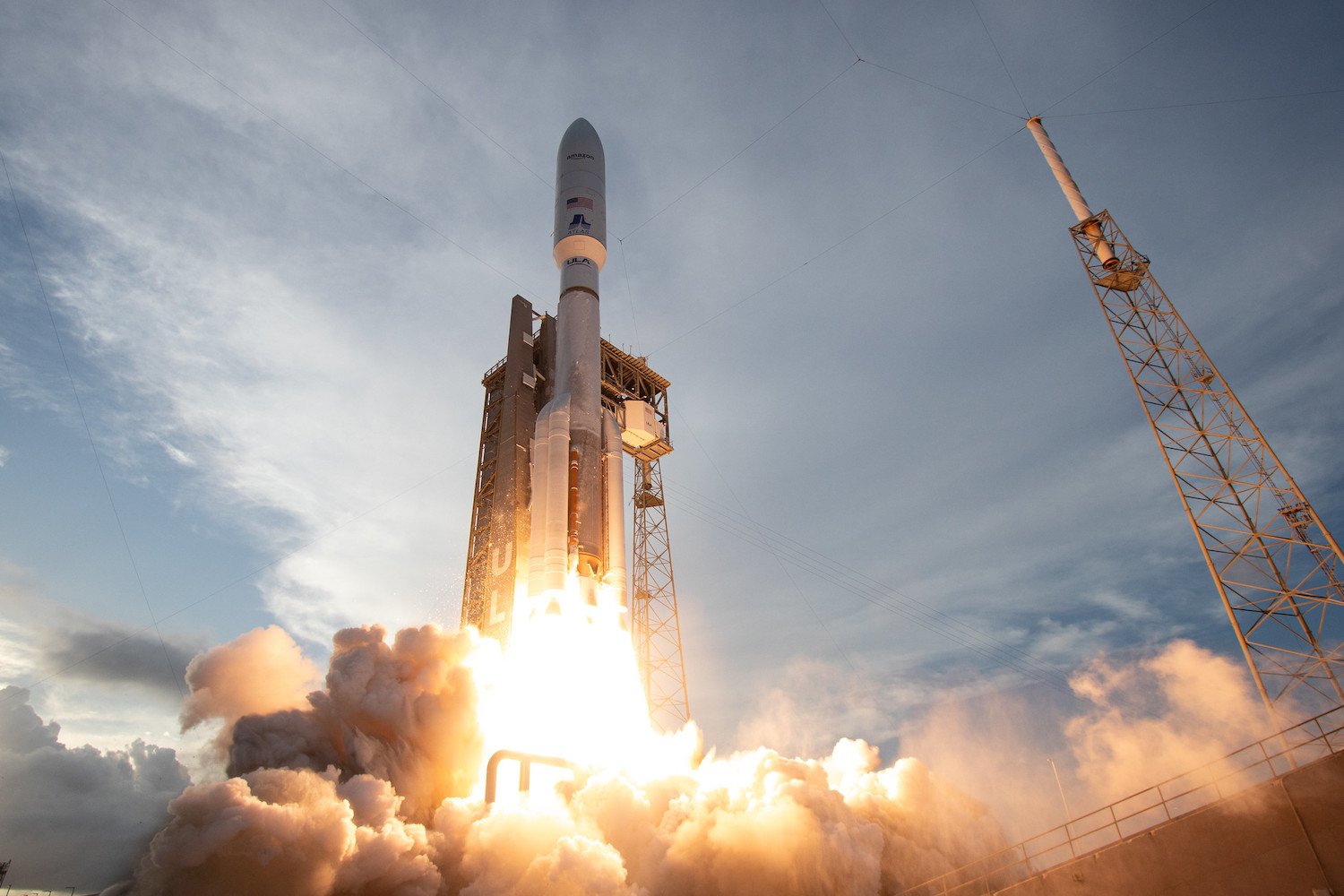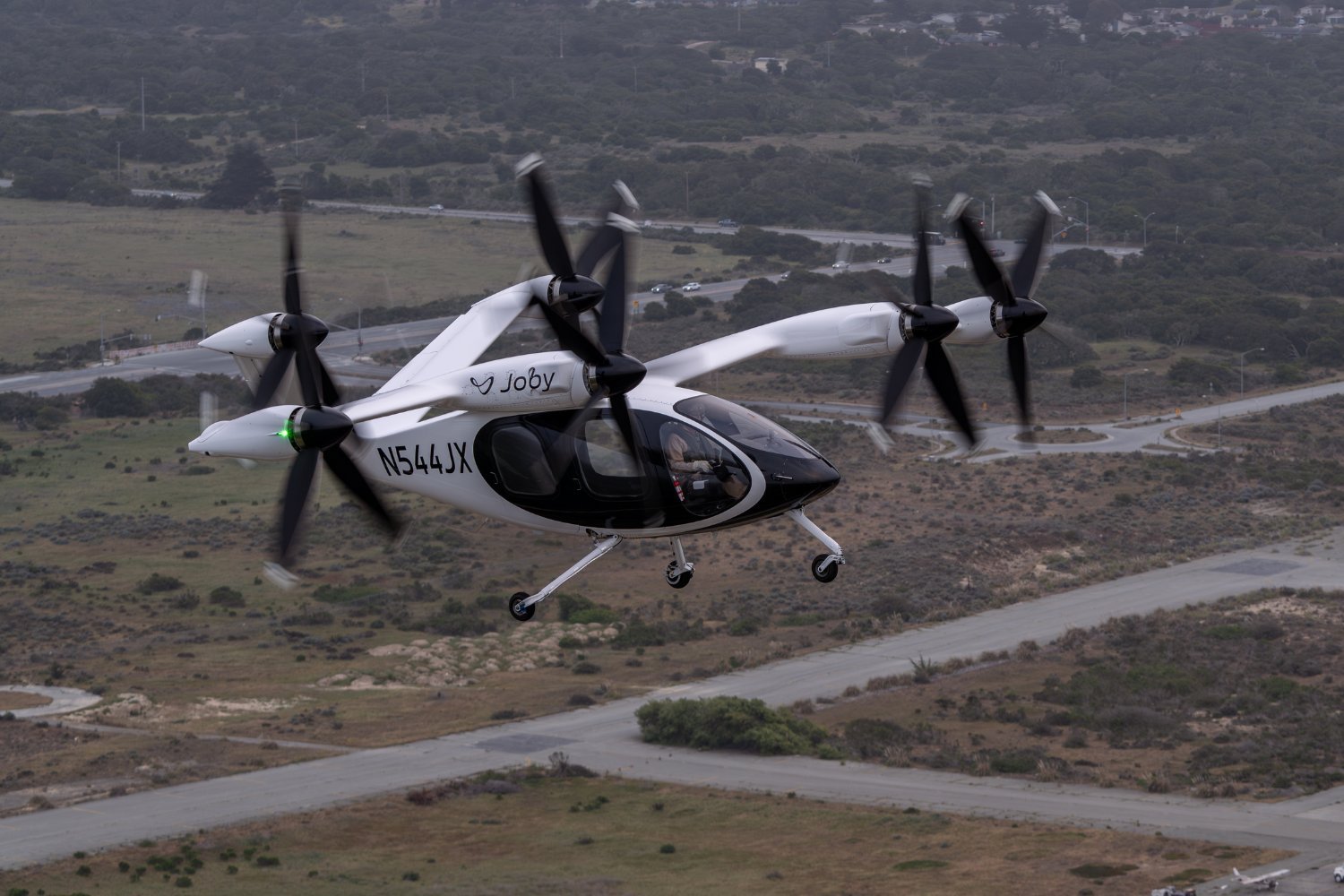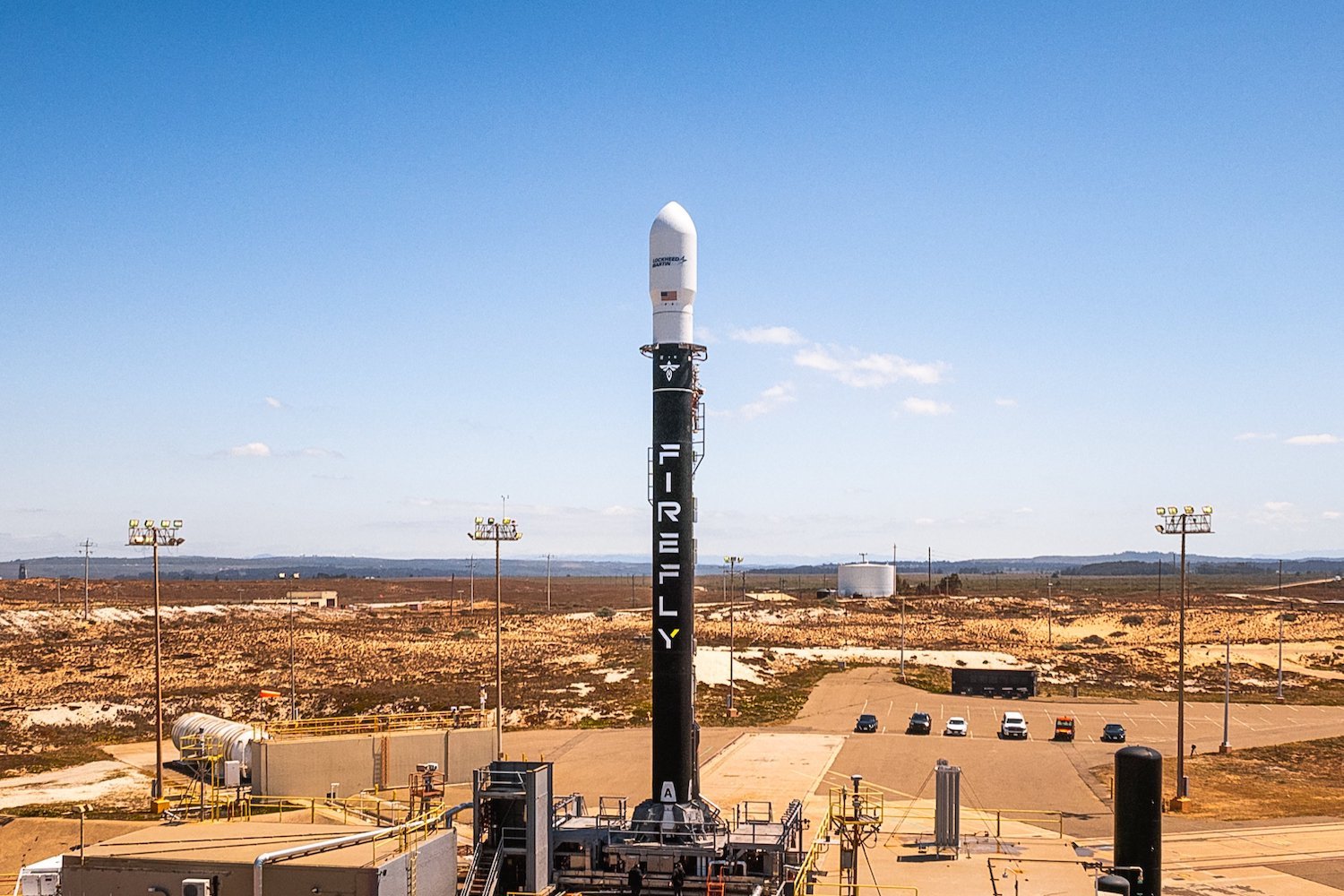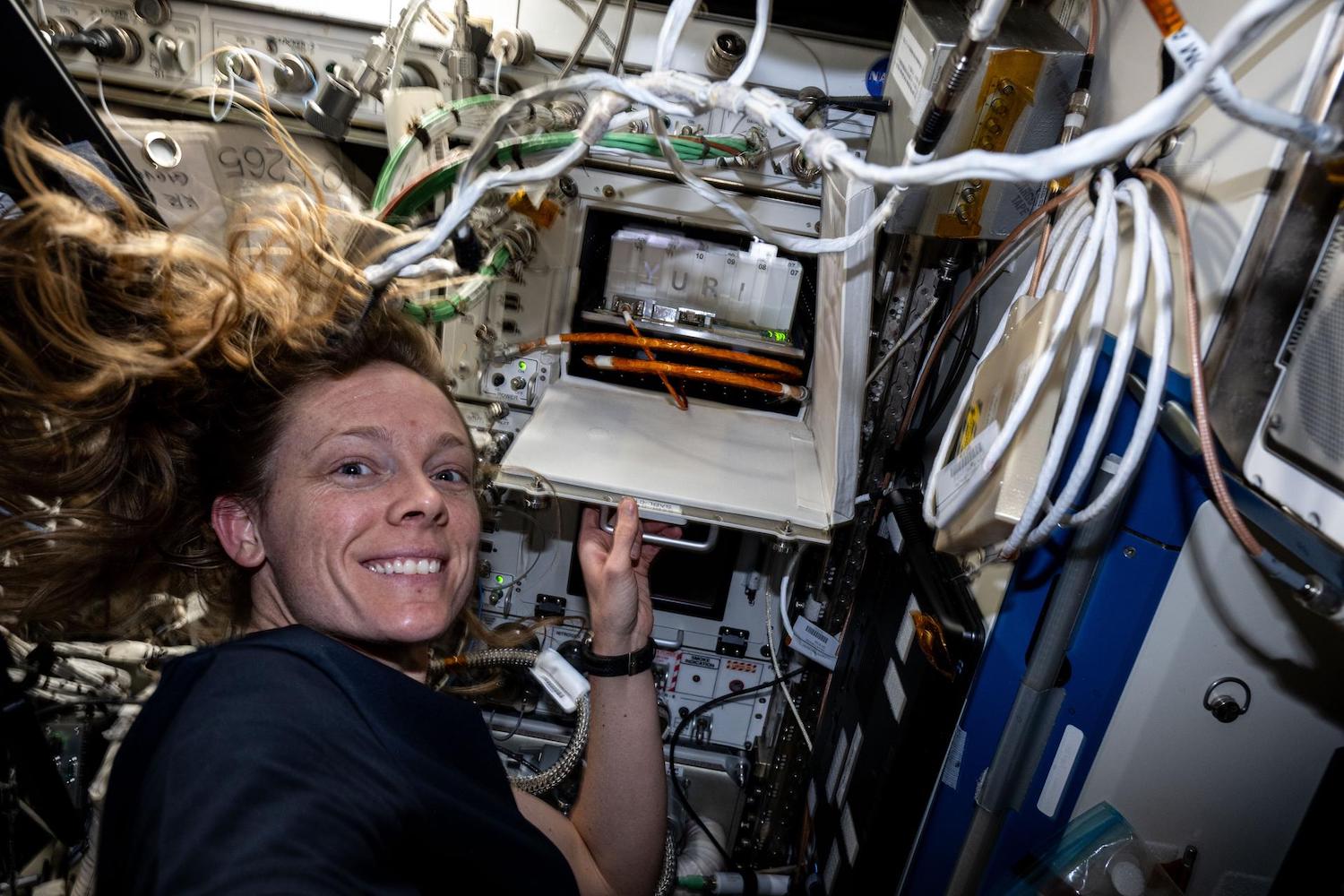The remnants of a 53-year-old Soviet Venus probe, Kosmos 482, are expected to make an uncontrolled reentry into Earth’s atmosphere in the coming weeks. Launched in 1972, the probe failed to escape Earth’s orbit and has been circling our planet ever since. Designed to withstand the intense heat of Venus’s atmosphere, some components of the probe may survive reentry and impact Earth’s surface.
The Ill-Fated Mission of Kosmos 482
Kosmos 482 launched from the Baikonur Cosmodrome in Kazakhstan on March 31, 1972. The Soviet mission aimed to explore Venus, but a malfunction prevented the spacecraft from achieving the necessary velocity to reach its intended trajectory. The insufficient engine burn left the spacecraft stranded in an elliptical Earth orbit, according to NASA. Shortly after launch, two smaller fragments of the disintegrated spacecraft reentered the atmosphere over Ashburton, New Zealand. However, two larger pieces, believed to be the lander and the upper-stage engine unit, remain in a higher orbit, ranging from 130 to 6,089 miles (210 to 9,800 kilometers).
Potential Reentry and Impact
Marco Langbroek, a satellite tracker based in the Netherlands, predicts that the Kosmos 482 lander will reenter Earth’s atmosphere during the second week of May. The lander module, a spherical pressure vessel weighing over 1,000 pounds (495 kilograms), was built to withstand the extreme conditions of Venus’s atmosphere. Consequently, it is possible that parts of the probe, such as the robustly engineered descent module, could survive reentry and impact Earth. Langbroek notes that the risks associated with this reentry are not particularly high but are not zero, comparing the potential impact to that of a meteorite.
Uncertainties Surrounding Reentry
Pinpointing the precise reentry time and location remains challenging. While Langbroek estimates reentry around May 10, the increasing solar activity is a complicating factor. The Sun, currently in its active phase, is heating and expanding Earth’s atmosphere, increasing atmospheric drag on orbiting objects and potentially accelerating the reentry timeline. This solar influence makes it difficult to predict the exact date and location of the probe’s descent.
Potential Impact Zone
Determining the final resting place of the spacecraft debris is equally difficult. The impact location depends on the precise reentry time and the fragmentation pattern of the probe during descent. Statistically, the probability of debris landing in a populated area is low, with the vast expanse of Earth’s oceans being the most likely landing zone. Nevertheless, uncontrolled reentries, like that of Kosmos 482, present a small but undeniable risk that warrants attention.
Conclusion
The impending uncontrolled reentry of the Kosmos 482 Venus probe highlights the lingering challenges of space debris management. While the risks associated with this particular reentry are considered relatively low, the event serves as a reminder of the potential hazards posed by defunct spacecraft in Earth’s orbit. As space exploration continues to expand, addressing the issue of space debris will become increasingly crucial to ensure the safety and sustainability of future missions.



